Car Manufacturer News
The IIHS Finds That Small Crossovers’ Headlights Are Terrible Too

2016 Mazda CX-3 (Credit: Mazda)
The IIHS is continuing to make it tougher for automakers to earn the Top Safety Pick+ designation. First came the small-overlap crash requirements and in 2017, the institute will require automakers to receive “Good” or “Acceptable” ratings in the IIHS’ new headlight tests in order to get its highest designation. Today, the IIHS published its findings for small crossover headlights, and like the midsize sedans it tested earlier this year, things aren’t looking so hot.
In total, the IIHS tested 21 vehicles with 47 different headlight configurations. Of those, only four received “Acceptable” ratings, while a whopping 12 received “Poor” ratings. To calculate its ratings, the IIHS took vehicles out on its test track after dark and used special devices to measure how far its light projected in five situations: traveling straight, sharp left curve, sharp right curve, gradual left curve, and gradual right curve. The final test was glare given off by the low-beam headlights to oncoming drivers—excessive glare was an automatic “Marginal” rating, at best.
In testing, the IIHS found that the best-performing headlights were attached to the Mazda CX-3 Grand Touring. The institute found that the curve-adaptive LED lights offered ample illumination on both right curves, and decent illumination on a straight stretch. What kept the CX-3 from getting a higher rating was its inadequate lighting on left curves.
Also receiving “Acceptable” ratings were the Ford Escape, Honda CR-V, and Hyundai Tucson.
Out of the 21 vehicles tested, the worst-performing model was the HR-V. In all five tests, the HR-V came up empty as it provided inadequate lighting in all scenarios. The video below highlights the massive difference in nighttime vision between the top-performing CX-3 and the HR-V.
While this may sound like a witch hunt by the IIHS, it is clear that the institute is simply trying to push automakers to put out the safest vehicles possible. The only way it can do that is by finding deficiencies in areas no one else is looking.
Stay tuned for additional test results in the near future.












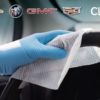

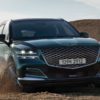


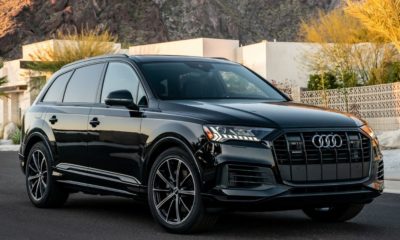





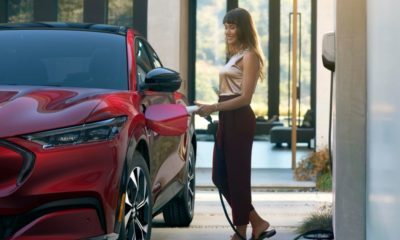


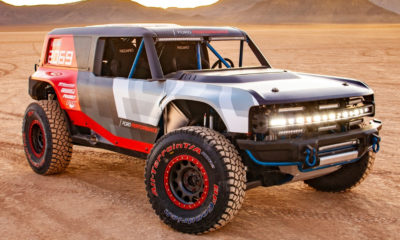
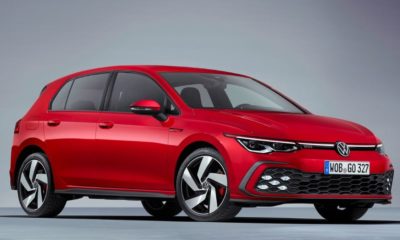


You must be logged in to post a comment Login